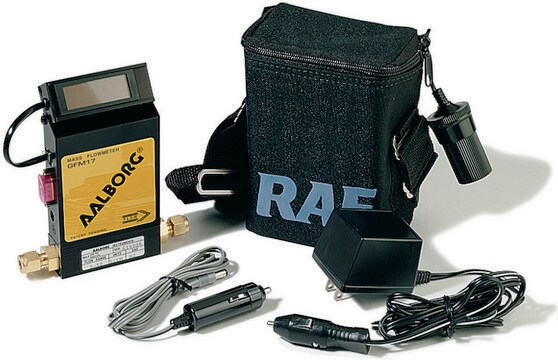MABE636
Anti-monomethyl Histone H3 (Lys4) Antibody, clone RM140
clone RM140, from rabbit
Sinónimos:
Histone H3.3, Histone H3
About This Item
Productos recomendados
biological source
rabbit
Quality Level
antibody product type
primary antibodies
clone
RM140, monoclonal
species reactivity
human
technique(s)
multiplexing: suitable
western blot: suitable
isotype
IgG
UniProt accession no.
shipped in
wet ice
target post-translational modification
monomethylation (Lys4)
Gene Information
human ... H3F3B(3021)
General description
Specificity
Immunogen
Application
Epigenetics & Nuclear Function
Histone Modifying Proteins
Quality
Western Blotting Analysis (WB): 0.5 μg/mL of this antibody detected monomethyl Histone H3 (Lys4) in HeLa acid extract.
Target description
Physical form
Storage and Stability
Note: Variability in freezer temperatures below -20°C may cause glycerol containing solutions to become frozen during storage.
Other Notes
Disclaimer
¿No encuentra el producto adecuado?
Pruebe nuestro Herramienta de selección de productos.
Storage Class
12 - Non Combustible Liquids
wgk_germany
WGK 2
flash_point_f
Not applicable
flash_point_c
Not applicable
Certificados de análisis (COA)
Busque Certificados de análisis (COA) introduciendo el número de lote del producto. Los números de lote se encuentran en la etiqueta del producto después de las palabras «Lot» o «Batch»
¿Ya tiene este producto?
Encuentre la documentación para los productos que ha comprado recientemente en la Biblioteca de documentos.
Nuestro equipo de científicos tiene experiencia en todas las áreas de investigación: Ciencias de la vida, Ciencia de los materiales, Síntesis química, Cromatografía, Analítica y muchas otras.
Póngase en contacto con el Servicio técnico